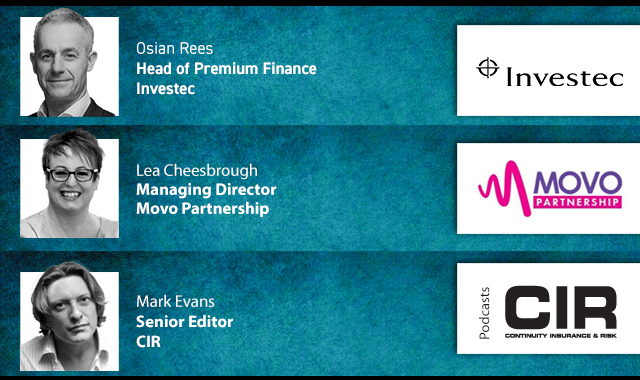Governments around the world must step up their preparations for a minimum sea level rise of one metre this century and be planning for up to three metres, according to a new report from the Institution of Mechanical Engineers (IMechE).
Rising sea levels present society with a significant shift in one of the most fundamental of baselines – the height of high tide. The report – Rising Sea Levels: The Engineering Challenge – warns that this will have huge direct impacts on coastal communities who are likely to experience more regular flooding of their homes and businesses and also indirect consequences for the rest of society when critical infrastructure, such as roads, hospitals and power generation is impacted.
Technical, logistical and economic factors mean that much of our infrastructure is located on the coast or on tidal estuaries, including power stations, oil refineries, gas processing plants, pharmaceuticals manufacturing and food processing plants as well as water and wastewater plants.
The report says there is little evidence that owners and operators of these assets, whether in the public or private sector, have awareness of the challenges of future coastal flooding or are making the investment necessary to implement adaptations or build resilience.
Dr Tim Fox, the report’s author and a fellow of IMechE, said: “There is emerging evidence that sea-levels could rise further and more rapidly than the most recent predictions from the Intergovernmental Panel on Climate Change. In light of this, it is essential that governments and the engineering profession consider this when designing and implementing national policies and strategies for adaptation to future coastal flooding.
“Engineered structures, devices and systems – particularly larger projects like bridges, roads or rail lines – can often be in service for 50-100 years. When we are thinking about projects this important to businesses and communities worldwide and the potential for how sea-levels might change in that time, the pressing case for changing our thinking and our approach becomes clear.”
Printed Copy:
Would you also like to receive CIR Magazine in print?
Data Use:
We will also send you our free daily email newsletters and other relevant communications, which you can opt out of at any time. Thank you.













YOU MIGHT ALSO LIKE